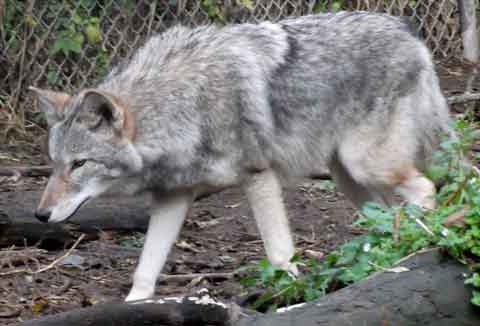Make it easy on yourself.
That’s the number one rule in my book of gardening notes to self. When garden work becomes more of a chore than a pleasure, you’ll regret that you started. When the hardship is greater than the reward, you’ll likely become disheartened and walk away. Disappointment and a twinge of guilt might haunt you. To avoid those outcomes, I’ve a few suggestions.Choose the right site.
The wrong location will doom you, either to failure or to extra labor. Keep in mind that:- The location should be convenient;
- Vegetable gardens require plenty of sun – 6 to 8 hours per day;
- Native soil should be well-drained, deep, fertile, free from rocks and other obstructions;
- A reliable source of water should be nearby.
Any of those conditions may not be perfect in your case. They can be mitigated somewhat, but that takes work. Do the best you can.
Plot the right size.
The plot size can be determined:- By your surroundings;
- By your available time and interest;
- By your age or energy level;
- By your goals.
If you live in an apartment, your garden might be limited to a few planters on your balcony, unless you have access to a community garden area.
Early enthusiasm for your project can easily exceed available time, and succumb to waning interest, the constraints of age and energy. Studying seed catalogs in January is a lot like shopping Sears Wishbook before Christmas; you gotta have it all. Your plot size shouldn’t exceed your personal resources. Get real!
For most of us, the goal is pleasure, a large measure of satisfaction, and some tasty food for the table. A small garden will usually suffice, and should be manageable.
If your goal is self-sufficiency, you have a long row to hoe, so to speak. That’s a subject best left for another time.
Select the right plants.
The right plants should:- Be easy to grow;
- Require NO fungicides, and pesticides (IMO);
- Appeal to your taste.
It might take a little research to determine what will be easy to grow in your area. You’ll need to know:
- Your climate zone;
- Your atmospheric conditions;
- Your neighbors’ successes and failures.
Climate zone is important. For example, if winters are cold and summers are short, you’ll need cold-hardy plants, and summer crops that only require short growing seasons. Check out the USDA Interactive Climate Zone map.
Atmospheric conditions can include such factors as rain, drought and humidity. There's not much you can do about them. Plant diseases and crop failure are very often caused by such. Plant selections must accommodate them.
There’s no substitute for visiting with your gardening neighbors. Those who’ve lived in the area for long should be able to give you an earful, or you can just peer over their fences to see what’s looking good.
My advice is to plant what you know will be easy to grow. In south Georgia that would be okra, Jerusalem artichokes (sunchokes), Seminole pumpkins, purple hull peas and corn. (For real success, study your area for edible weeds.) But if you’re filled with inexhaustible hope in the face of disappointment, grow whatever you want.
There’s no accounting for taste. You and your family will like certain vegetables, or you won’t. For example, my family doesn’t care much for okra, though I disagree. My wife thinks Jerusalem artichokes are weeds, though I disagree. Don’t bother planting crops that few will eat.
Before you begin planning your vegetable garden, remember my number one rule; make it easy on yourself.
Return to GoGardenNow.com







